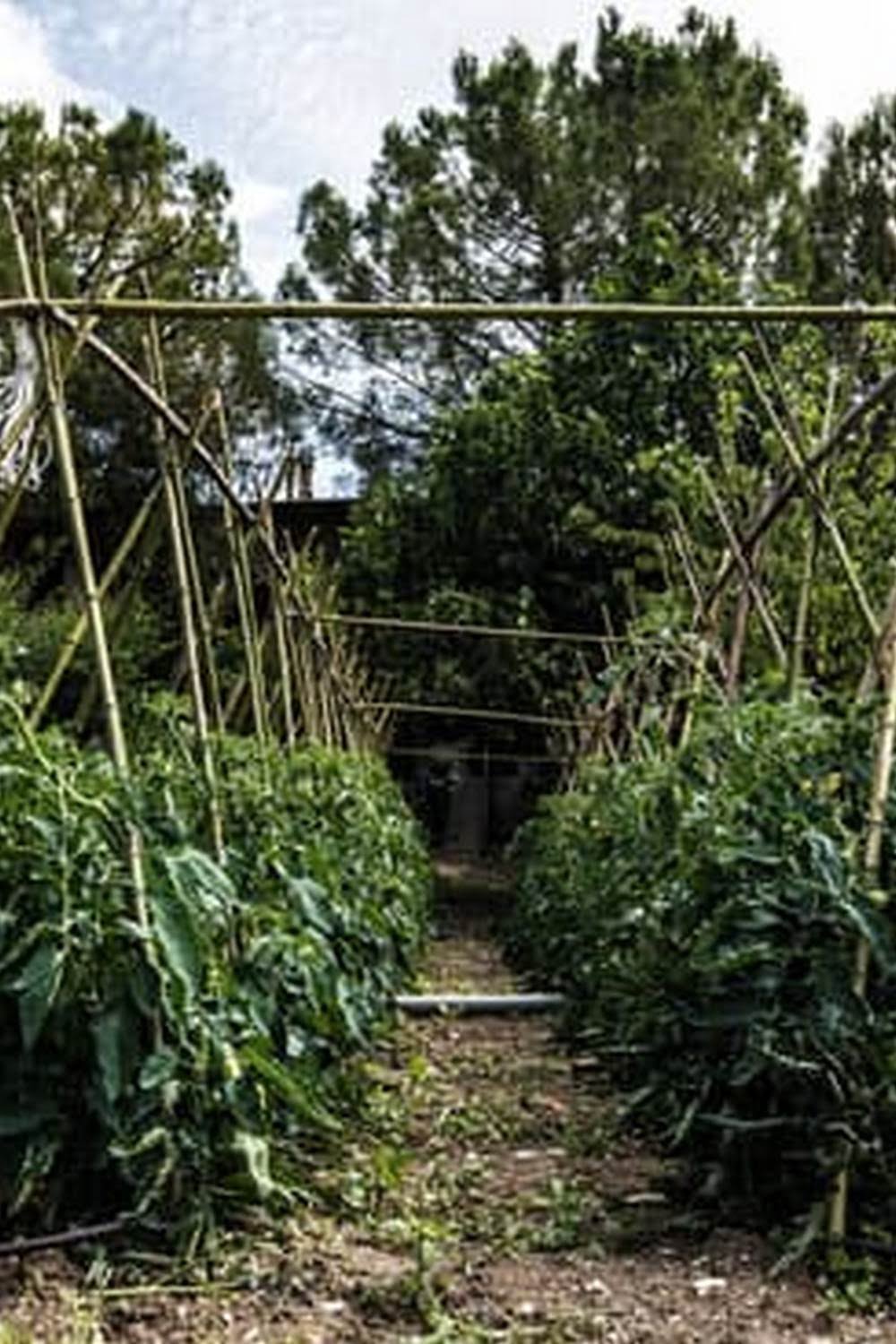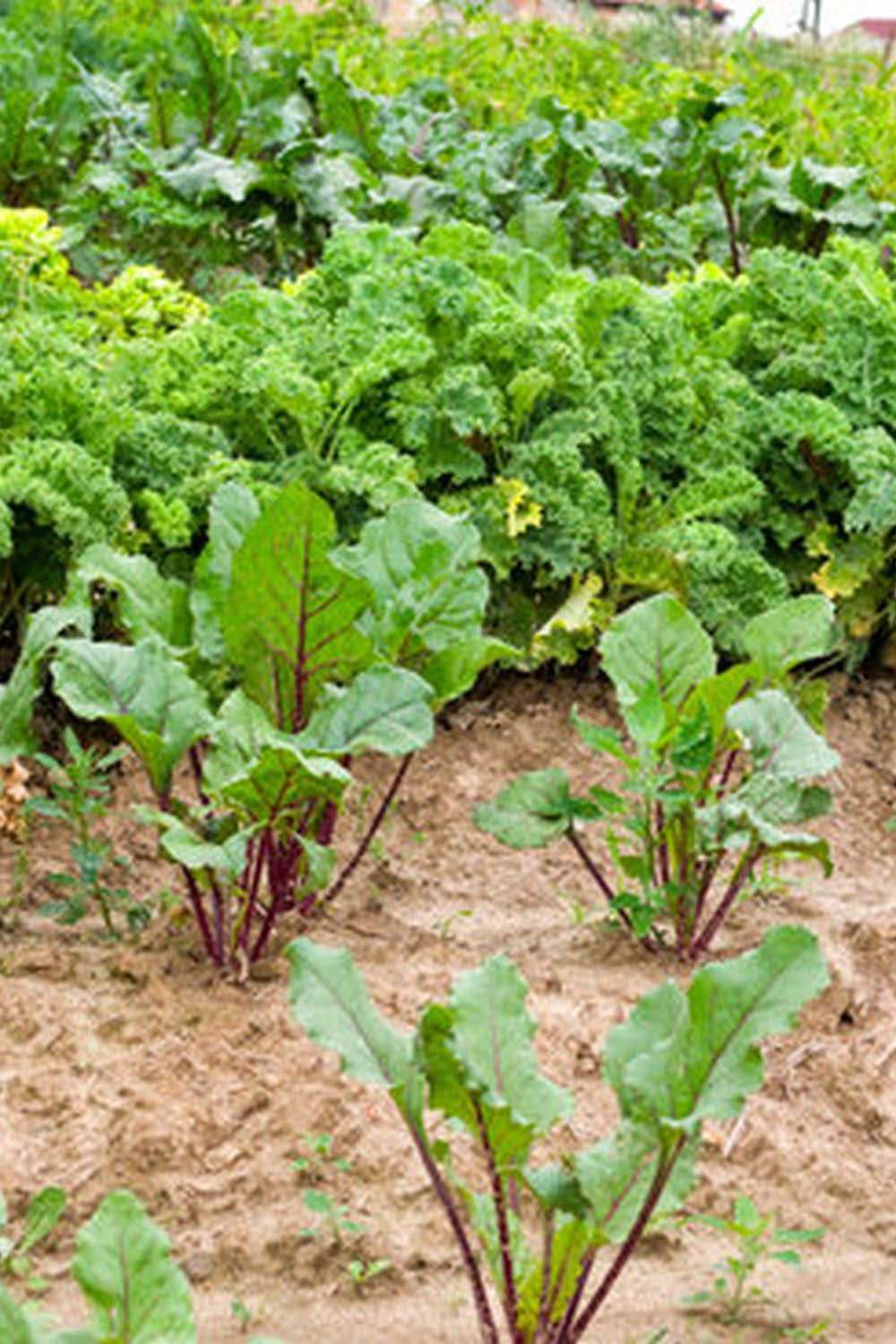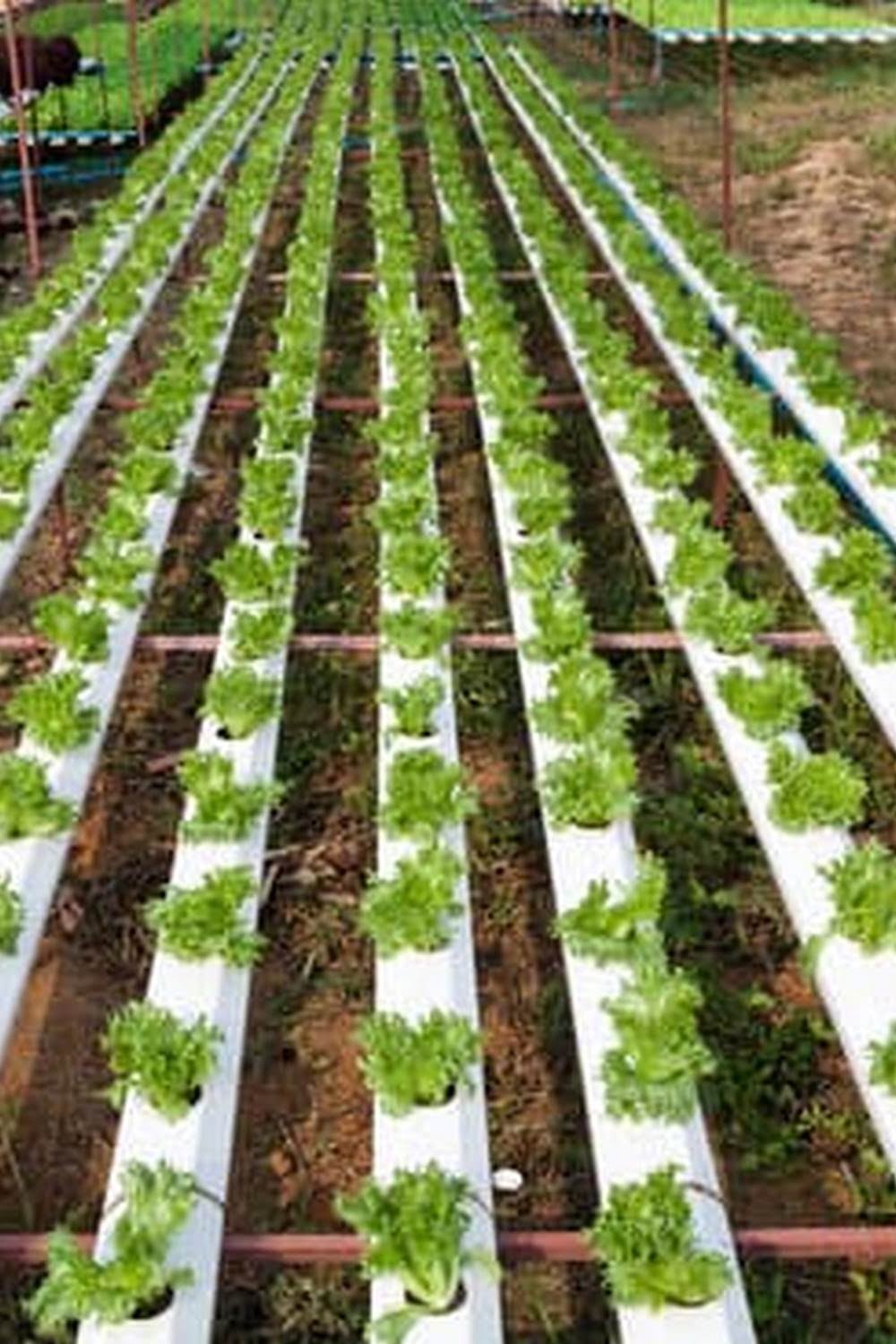Soil To Start A Vegetable Garden
The best soil for a vegetable garden is a well-drained, loamy soil that is rich in organic matter. You can improve the soil in your garden by adding organic matter such as compost or manure. Be sure to test the soil pH and adjust as necessary. The ideal pH range for a vegetable garden is 6.0 to 6.8.
If your soil is not in the ideal pH range, you can add lime to raise the pH or sulfur to lower the pH. You can also add organic matter to help adjust the pH. The best time to test and amend your soil is before you start planting your garden.
Using Bagged Products To Make Good Vegetable Garden Soil Amendment
Adding organic matter to garden soil is important for a number of reasons: it helps to improve soil structure, increases water holding capacity, feeds soil microbes, and adds nutrients to the soil. While there are many ways to add organic matter to soil, using bagged products is one of the easiest and most convenient methods.
Many bagged products are made from compost, which is a great way to add organic matter to soil. Compost is made from a variety of organic materials, such as leaves, grass clippings, food scraps, and manure. The composting process breaks down the organic materials into a dark, crumbly material that is rich in nutrients and beneficial microbes.
Adding compost to soil is a great way to improve soil structure, water holding capacity, and nutrient levels. Compost also helps to feed the beneficial microbes in soil, which in turn helps to improve plant health. In addition, compost can help to suppress plant diseases and pests.
Another great way to add organic matter to soil is by using bagged products that are made from animal manure. Animal manure is high in nutrients and beneficial microbes, and it helps to improve soil structure and water holding capacity. Manure also helps to feed the beneficial microbes in soil, which in turn helps to improve plant health.
There are a number of other bagged products that can be used to improve garden soil, including bagged blood meal, bagged bone meal, and bagged kelp meal. All of these products are high in nutrients and beneficial microbes, and they help to improve soil structure and water holding capacity. In addition, they help to feed the beneficial microbes in soil, which in turn helps to improve plant health.
When using bagged products to improve garden soil, it is important to read the label to make sure that the product is safe to use in your garden. Some bagged products, such as manure, can contain harmful pathogens that can harm plants. It is also important to follow the directions on the bag to make sure that the product is used properly.
Adding organic matter to garden soil is an important step in creating a healthy, productive garden. By using bagged products, you can make this process easy and convenient.
How To Fertilize Soil For A Vegetable Garden
Now that the weather is warming up and you’re ready to start your vegetable garden, it’s time to think about how to fertilize the soil. Fertilizing the soil is important for two reasons: it helps the plants grow bigger and it helps the plants resist disease.
There are many different ways to fertilize soil, but the most important thing is to use the right type of fertilizer for your garden. In general, there are three types of fertilizers: organic, synthetic, and inorganic.
Organic fertilizers are made from natural materials, such as manure, compost, and plant residues. Synthetic fertilizers are made from chemicals, and inorganic fertilizers are made from minerals.
Organic fertilizers are the best type for vegetable gardens, because they release their nutrients slowly over time, which is perfect for plants that are growing. Synthetic fertilizers release all their nutrients at once, which can be too much for plants and can actually damage them. Inorganic fertilizers are not recommended for vegetable gardens, because they can be harmful to plants.
There are many different organic fertilizers available, and you can find them at most garden stores. The most important thing is to read the label to make sure the fertilizer is for vegetables. You should also follow the instructions on the label to make sure you’re using the fertilizer correctly.
When you’re fertilizing your soil, it’s important to remember that plants need different nutrients at different stages of growth. For example, plants need more nitrogen when they’re young, but they need more potassium and phosphorus as they get older. So, it’s a good idea to use a fertilizer that has all the necessary nutrients.
Fertilizing your soil is an important step in growing a successful vegetable garden. By using the right type of fertilizer and following the instructions on the label, you can help your plants grow big and healthy.
How Prepare Garden Soil For Vegetable
Gardening
One of the keys to a successful vegetable garden is good soil. The soil should be fertile, well-drained and have the right pH balance. You can improve your soil by adding organic matter such as compost, manure or peat moss.
To prepare your soil for vegetable gardening, start by testing the pH balance. The pH of your soil should be between 6.0 and 7.0 for most vegetables. If the pH is too low or high, you can add lime or sulfur to adjust it.
Once the pH is correct, add organic matter to the soil. The organic matter will help to improve the fertility and drainage of the soil. You can either dug the organic matter into the soil or you can spread it on the surface and then till it in.
Finally, test the soil for compaction. Soil that is too compact will not allow the roots of your vegetables to grow properly. Use a garden fork to loosen the soil and break up any clumps.
Your soil is now ready for vegetable gardening!
Get Soil Ready For Vegetable Garden
The best way to ensure a bountiful vegetable garden is to start with rich, healthy soil. The first step is to remove any debris from the site, including rocks, roots and other plants. If the soil is heavy and clay-like, it can be improved by adding organic matter such as compost, peat moss or humus. Sandy soils can be improved by adding clay, which will help to retain moisture.
Once the soil is ready, it’s time to start planting! If you’re starting from scratch, you can use a garden tiller to break up the soil and then rake it smooth. Be sure to space your plants according to their recommended guidelines, and water regularly until they’re established.
If you’re transplanting plants from another part of your garden, be sure to dig a large enough hole so that the plant’s root ball can fit comfortably. Loosen the soil around the roots and then place the plant in the hole. Fill in the hole with soil and tamp it down gently. Water thoroughly, and then continue to water regularly until the plants are well-established.
A bountiful vegetable garden starts with rich, healthy soil – so be sure to take the time to get your soil ready before planting!

If you’re looking to get into vegetable gardening, or are just looking for some tips on how to make your current garden better, then you’ve come to the right place! My name is Ethel and I have been gardening for years. In this blog, I’m going to share with you some of my best tips on how to create a successful vegetable garden.





